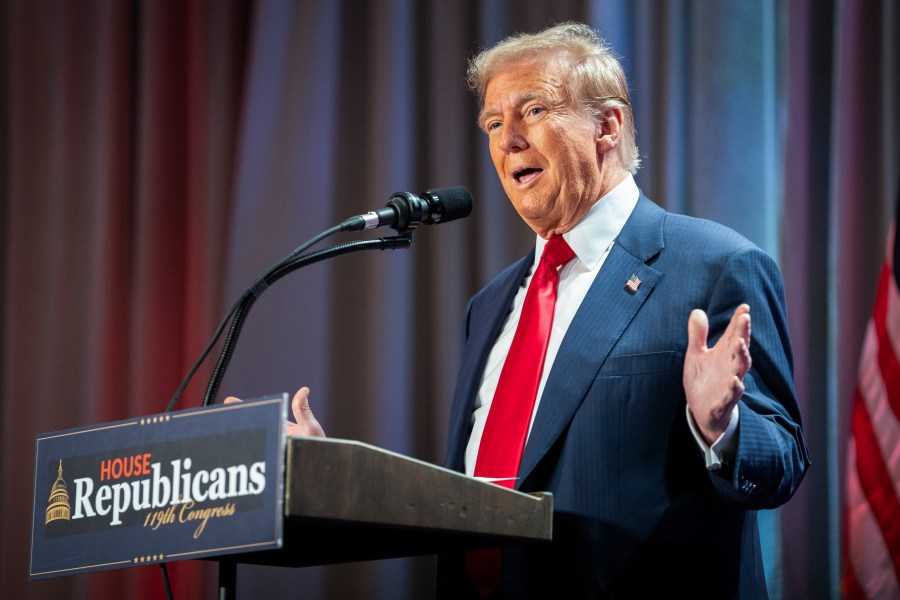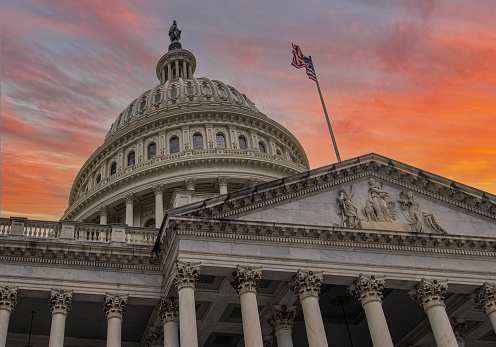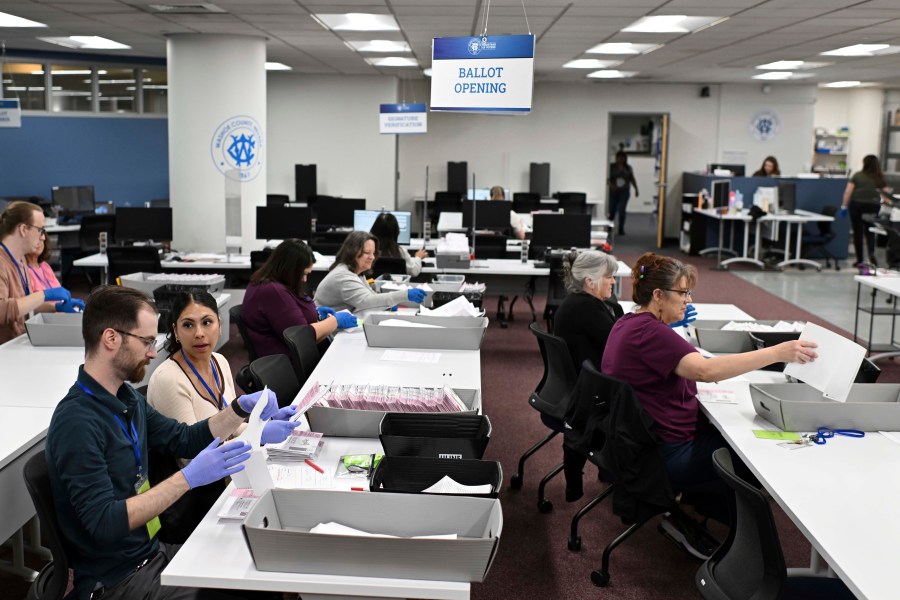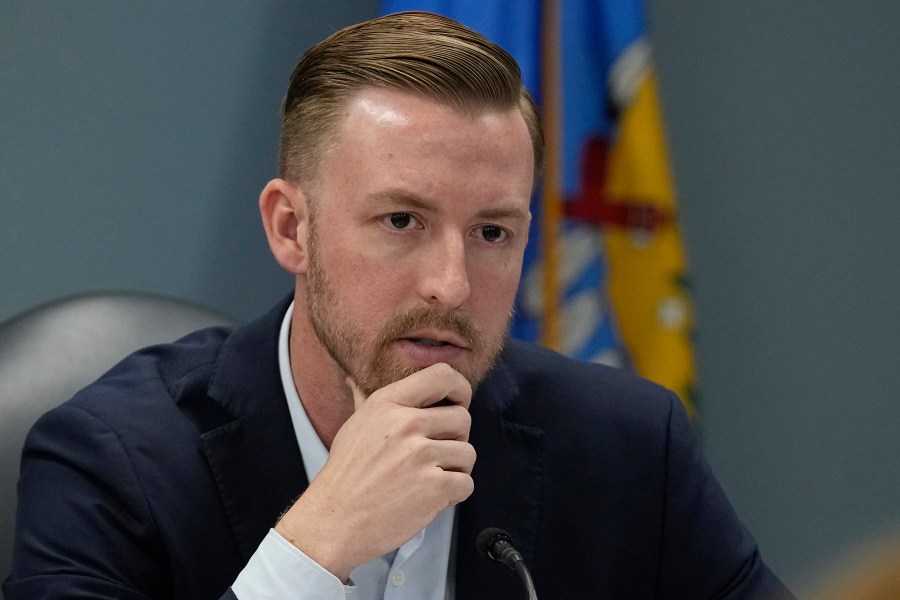
What are recess appointments, and can Donald Trump use them?
(NewsNation) — President-elect Donald Trump has asked the Senate to allow him to use recess appointments to install his picks for high-level positions as he has already tapped some controversial nominees.
How do recess appointments work?
Using recess appointments as part of the general nomination process for an incoming administration is a break with tradition. The idea behind recess appointments is one of necessity if a position is vacated while the Senate is not in session, allowing the president to fill a role rather than leaving it open.
In a recess appointment, presidents can bypass the usual confirmation process and unilaterally appoint whoever they like to fill the role.
However, partisan fights have prompted presidents to use recess appointments to skirt efforts by the minority party to block nominees.
President Bill Clinton made 139 recess appointments, President George W. Bush made 171, and President Barack Obama made 32 recess appointments.
Neither Trump nor President Joe Biden made any recess appointments during their time in the White House.
A 2004 Supreme Court ruling put some limits on recess appointments, ruling that the Senate must be recessed for 10 days before a president can make unilateral appointments.
What is the usual confirmation process for nominees?
For high-level positions, including Cabinet members, judges and ambassadors, nominees must be confirmed by the Senate.
The process includes vetting nominees with background checks, questionnaires and financial disclosures.
Nominees also appear in a hearing before Senate members, where they face grilling from both majority and minority members.
The nominee is voted on by the committee and then by the full Senate, where a simple majority is required to confirm the role.
Senate confirmations can become a lengthy process, especially when it comes to controversial nominees, and there are roughly 1,200 roles that an incoming administration will need approval for.
Why does Trump want to use recess appointments?
Trump has stated that recess appointments are needed so roles can be filled immediately.
However, it’s also likely the demand has to do with the nature of some of his nominees who will face a tough battle winning over Democrats and even some Republicans.
Trump announced Wednesday that he was nominating Florida Rep. Matt Gaetz to lead the Department of Justice, a pick that shocked some considering Gaetz was under review by the House Ethics Committee and has faced allegations of illicit drug use, sex trafficking and sexual activity with a minor. He has denied all of those allegations.
Trump has also nominated former Democrat Tulsi Gabbard as director of national intelligence, something not all Republicans have been on board with.
Fox News commentator Pete Hegseth has been nominated for secretary of defense. While Hegseth served in the National Guard, he would be the least experienced person to hold the post in all of history.
Trump has also chosen former independent presidential candidate Robert F. Kennedy Jr. to lead the Department of Health and Human Services. Kennedy has also stirred controversy for his anti-vaccine arguments and promotion of conspiracy theories around health that have no scientific backing.
Will Trump be able to use recess appointments for his nominees?
Recess appointments have never been used prior to seating a new Senate, and it’s not clear that Trump would legally be able to do so.
His next option would be allowing the new Senate, where Republicans hold a 53-seat majority, to be sworn in and then making appointments when the Senate goes into recess.
Newly-elected Senate Majority Leader John Thune, R-S.D., has said he is open to the idea of recess appointments, but not all Republicans may be on board with the idea of circumventing one of the key checks and balances on the executive branch.
The House can also prohibit the Senate from recessing in order to prevent such appointments.
Should the Senate refuse to recess or the House block the Senate from doing so, Trump could use his presidential power to adjourn Congress in order to make his appointments without facing any opposition from Democrats or within his own party over nominees that may be considered unqualified.



